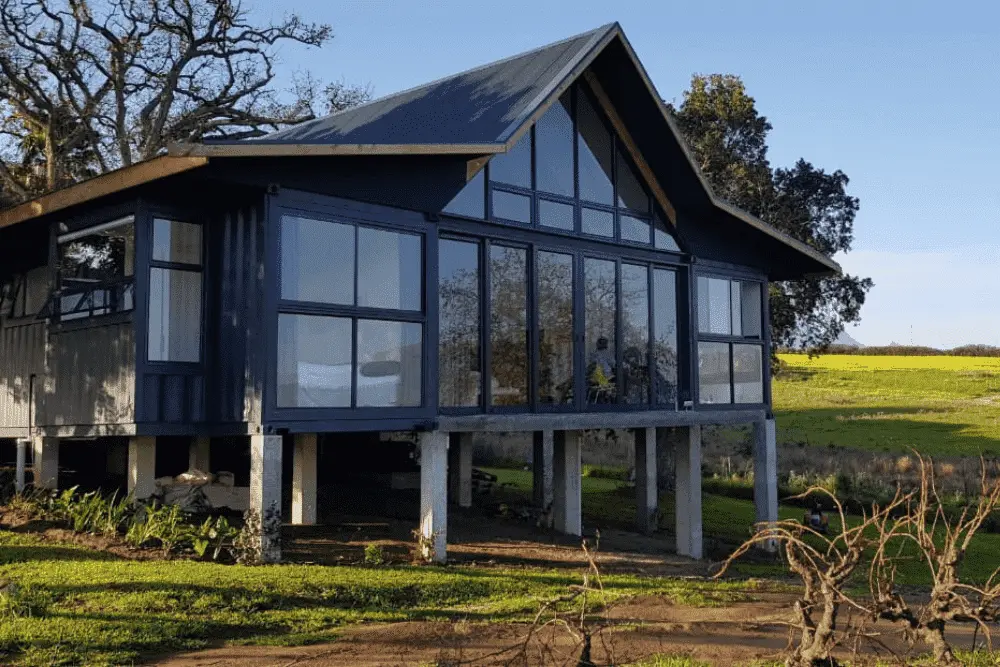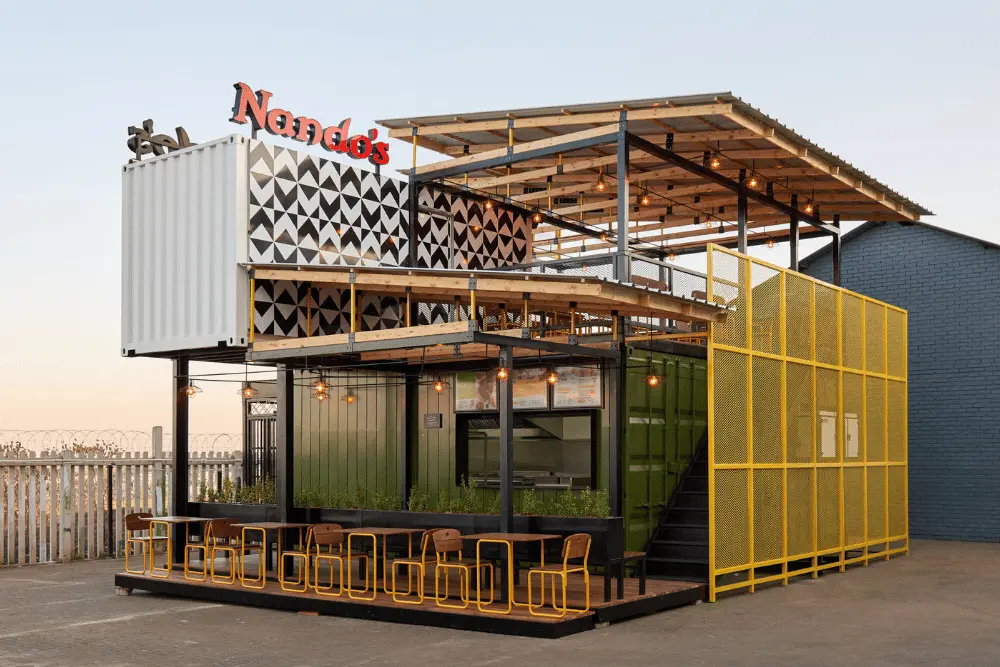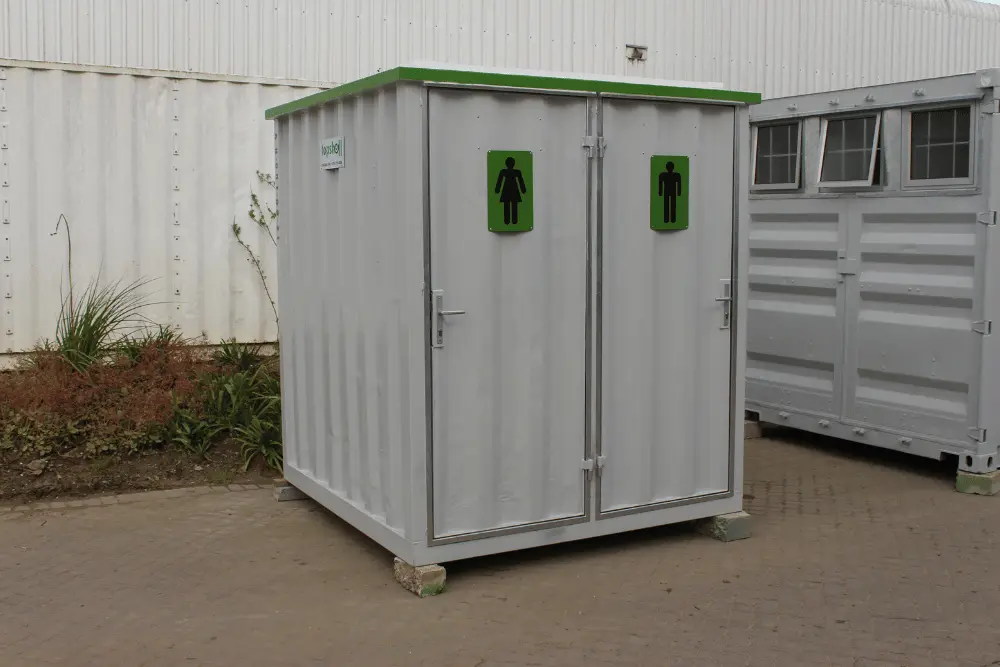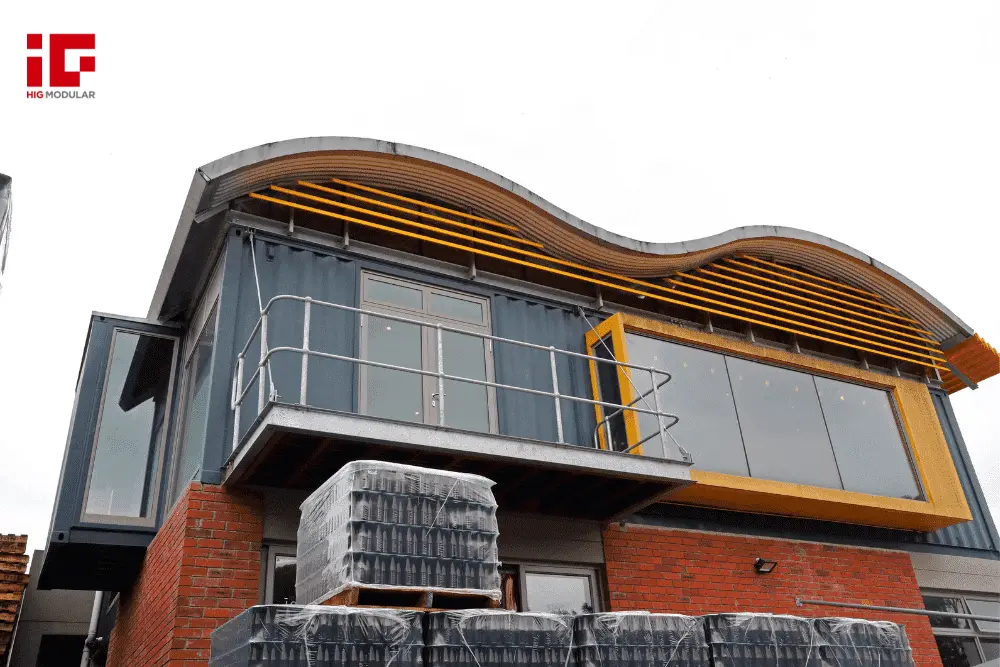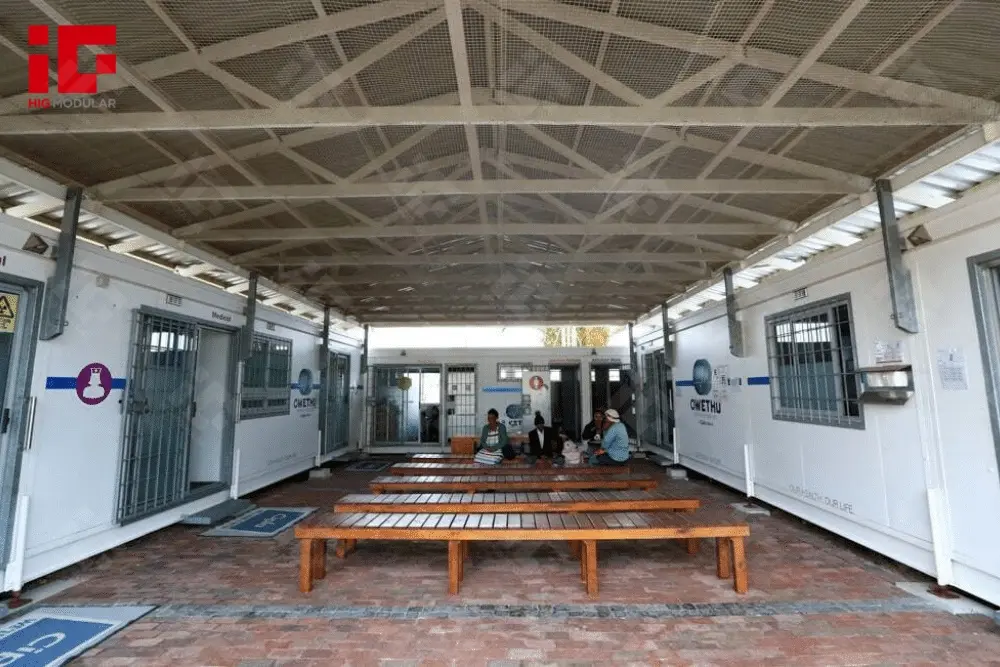News Categories
Featured News
0102030405
Container Shops: Breathing New Life into Urban Spaces and Community Economies
2025-07-21
Cities worldwide grapple with a common challenge: underused spaces, from vacant lots to derelict industrial zones, that lie dormant while communities crave vibrant, accessible commerce. Enter the Container Shop—a modular solution that transforms overlooked corners into hubs of activity. More than just retail units, these repurposed structures are catalysts for urban renewal, fostering connection, innovation, and local growth.
Revitalizing Urban Landscapes: From Blight to Bright
Abandoned parking lots, empty alleyways, and post-industrial sites are finding new purpose through container shops. In Detroit, a cluster of 12 container units now houses indie cafes, vintage bookstores, and artisanal workshops, turning a once-blighted block into a weekend destination. In London’s Shoreditch, a pop-up container market occupies a temporary site between construction projects, drawing crowds with rotating vendors and live music.
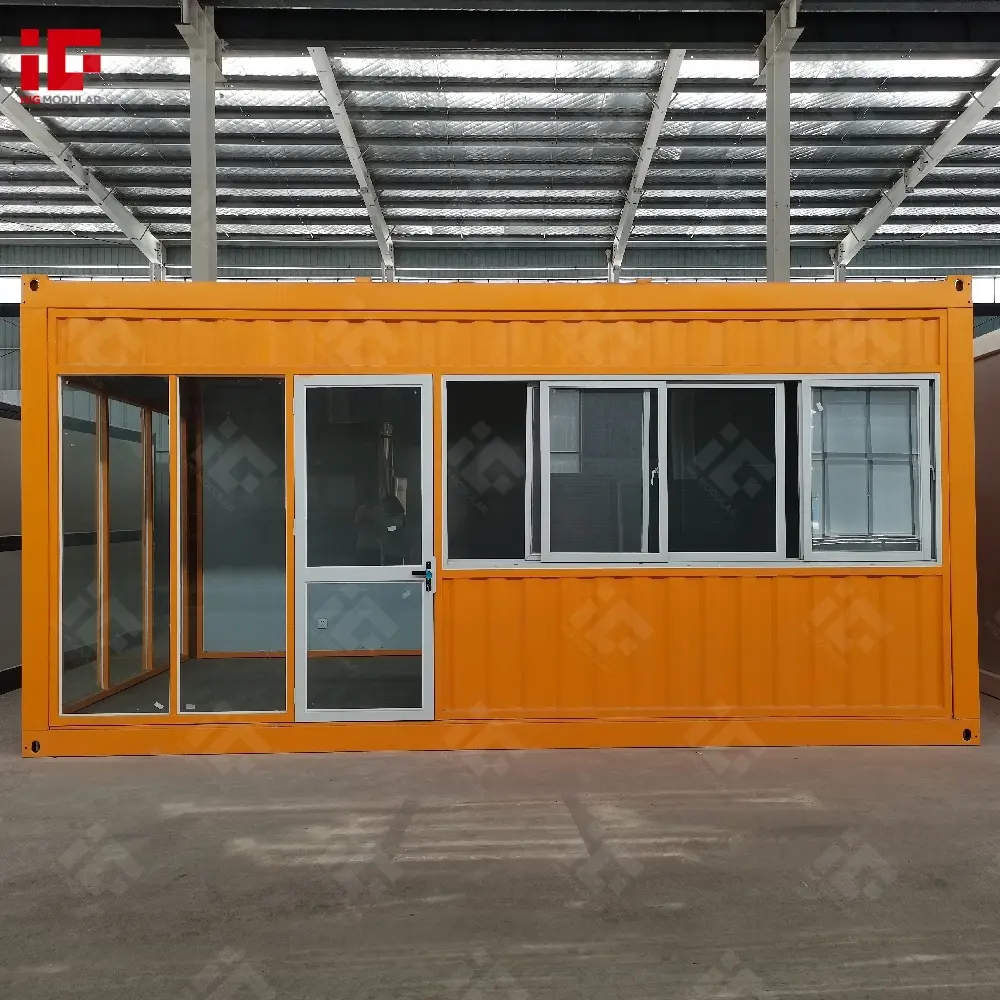
This adaptive reuse aligns with urban planners’ goals of “tactical urbanism”—small-scale, low-cost interventions that test ideas before permanent development. Container shops allow cities to experiment with retail concepts, gauge community needs, and build momentum for larger revitalization efforts without long-term risk.
Community-Centric Commerce: More Than Transactions
Container shops thrive on their ability to foster local connection. Unlike chain stores, which often feel impersonal, container-based businesses tend to be owned by residents, selling handcrafted goods, locally sourced food, or niche services that reflect community identity.
In Portland, a container shop run by a collective of immigrant artisans sells textiles, spices, and ceramics from their home countries, doubling as a cultural exchange hub. In rural areas, mobile container shops bring essential services—grocery items, postal services, or tech repairs—to towns underserved by big-box retailers, reducing travel time for residents and keeping dollars within the community.
Agility in a Changing Market: Surviving Disruption
The COVID-19 pandemic underscored the value of flexibility, and container shops emerged as resilient players. When lockdowns shuttered traditional stores, restaurants converted container units into takeout windows; fitness studios launched outdoor workout pods in parking lots; and bookstores hosted contactless pickup stations.
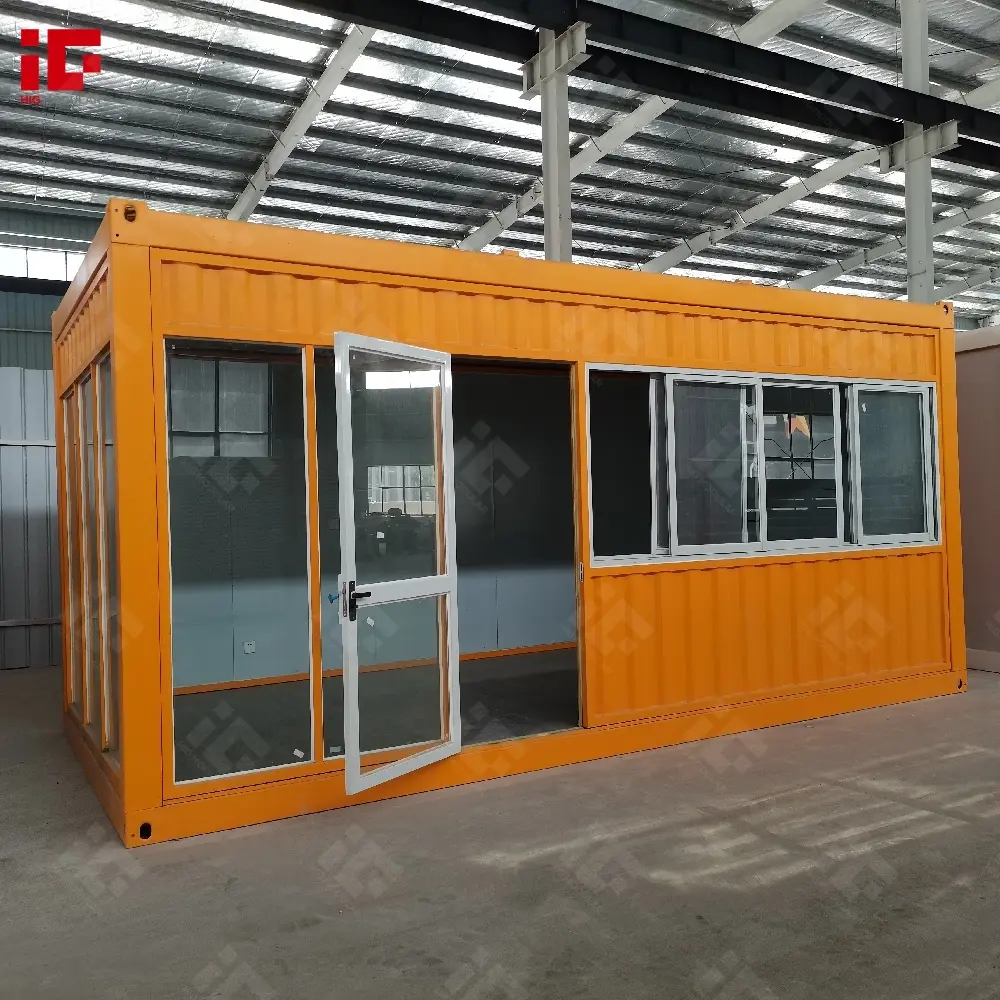
This adaptability extends beyond crises. Seasonal businesses—like holiday pop-ups or farmers’ market stalls—use container shops to scale up quickly during peak periods, then downsize to reduce overhead in slower months. For entrepreneurs, this means staying nimble in an unpredictable economy.
Design Innovation: From Metal Boxes to Architectural Statements
Gone are the days of utilitarian metal containers. Today’s designs blend functionality with aesthetics:
- Green facades: Living walls of herbs or flowering plants soften exteriors and improve air quality.
- Interactive elements: Foldable glass walls that open to create outdoor seating, or digital screens displaying local art.
- Mixed-use layouts: A container shop with a mezzanine level, combining retail below and a co-working space above.
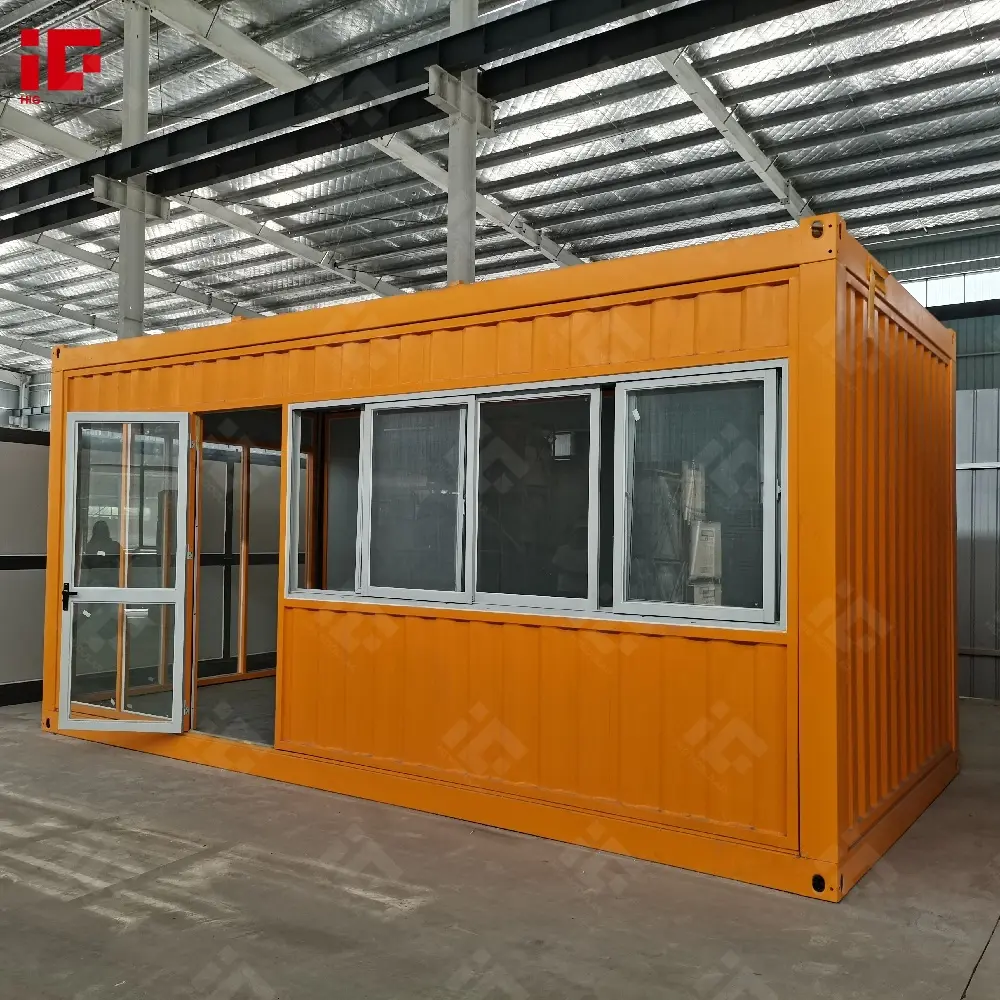
These designs not only attract customers but also elevate neighborhoods, proving that temporary structures can be visually striking and community-enhancing.
Future Trajectory: Container Shops as Urban Staples
1. Integration with Smart Cities
As cities adopt IoT infrastructure, container shops will become connected nodes:
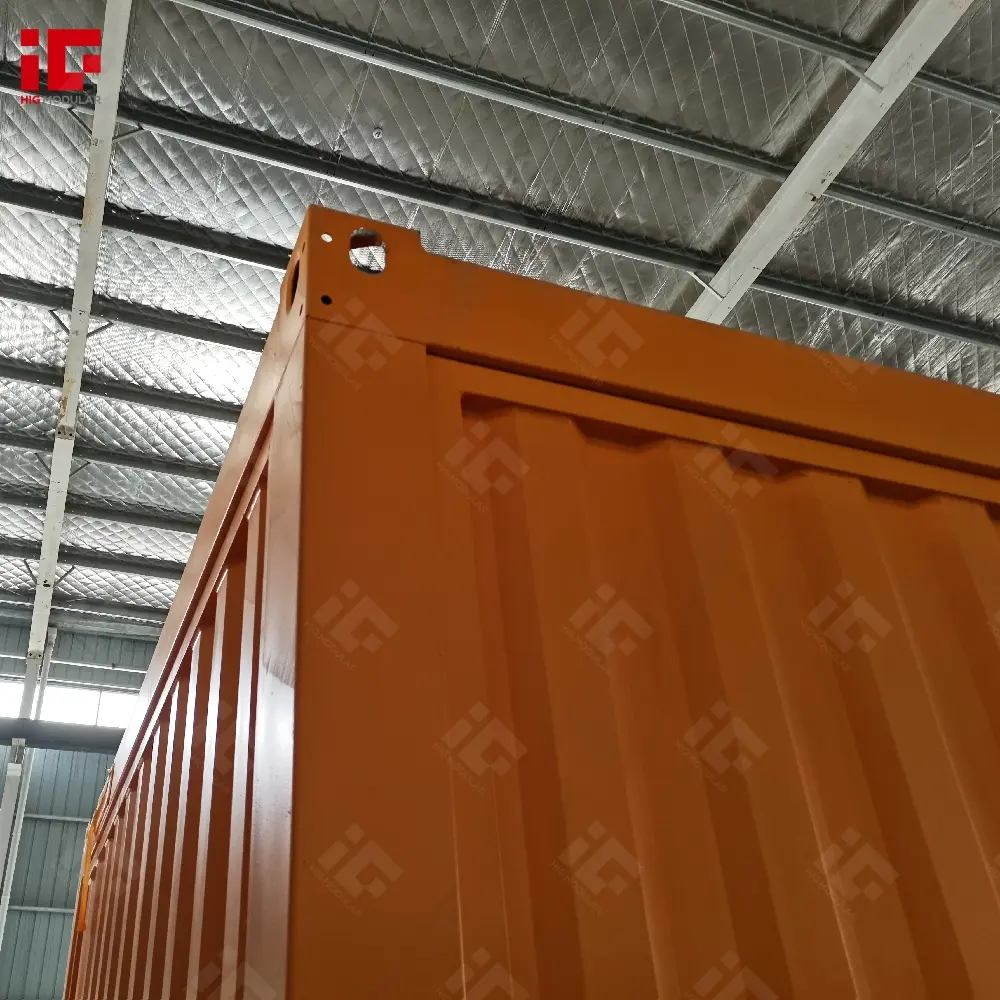
- Smart parking: Sensors directing customers to nearby spots.
- Waste management: Automated recycling stations integrated into units.
- Energy sharing: Solar-powered containers feeding excess energy into city grids.
2. Policy Support and Standardization
Cities are increasingly codifying regulations for container shops, streamlining permits for temporary or mobile units. Initiatives like Berlin’s “Modular Space Program” offer tax incentives for container-based businesses in underserved areas, paving the way for widespread adoption.
3. Community Co-Ownership Models
Grassroots efforts are emerging, where residents collectively own and operate container shops, ensuring profits stay local. These models empower communities to shape their commercial landscapes, prioritizing needs like affordable groceries or youth-run businesses.
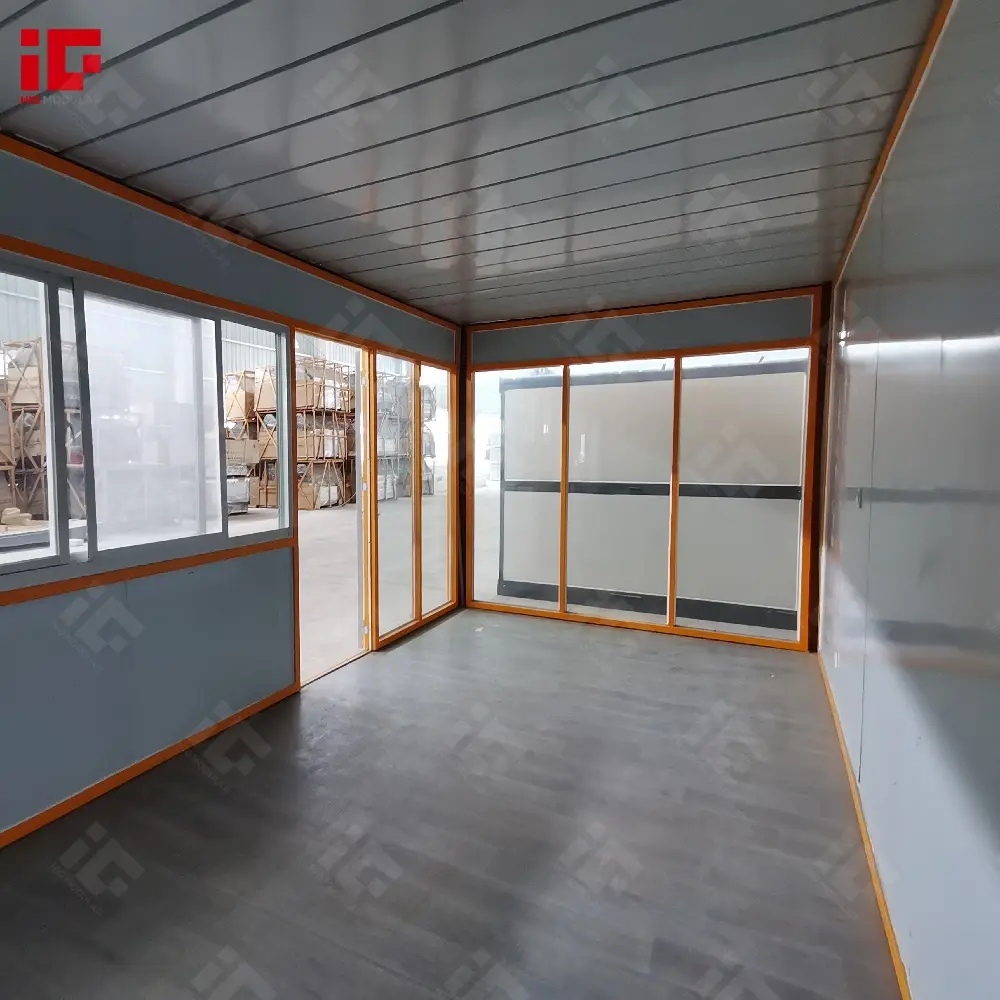
Conclusion
Container shops are redefining urban resilience and community empowerment. By transforming unused spaces into dynamic, people-centric hubs, they prove that innovation in commerce can also be a force for social good. As cities evolve, these modular structures will no longer be seen as “temporary fixes” but as integral parts of sustainable, inclusive urban design—proof that the future of retail is as much about placemaking as it is about selling goods.



